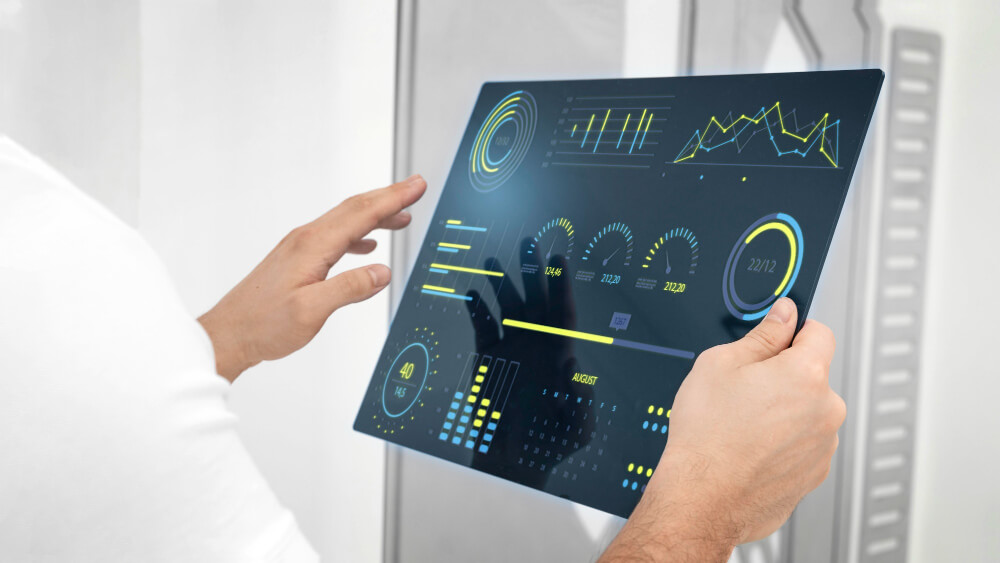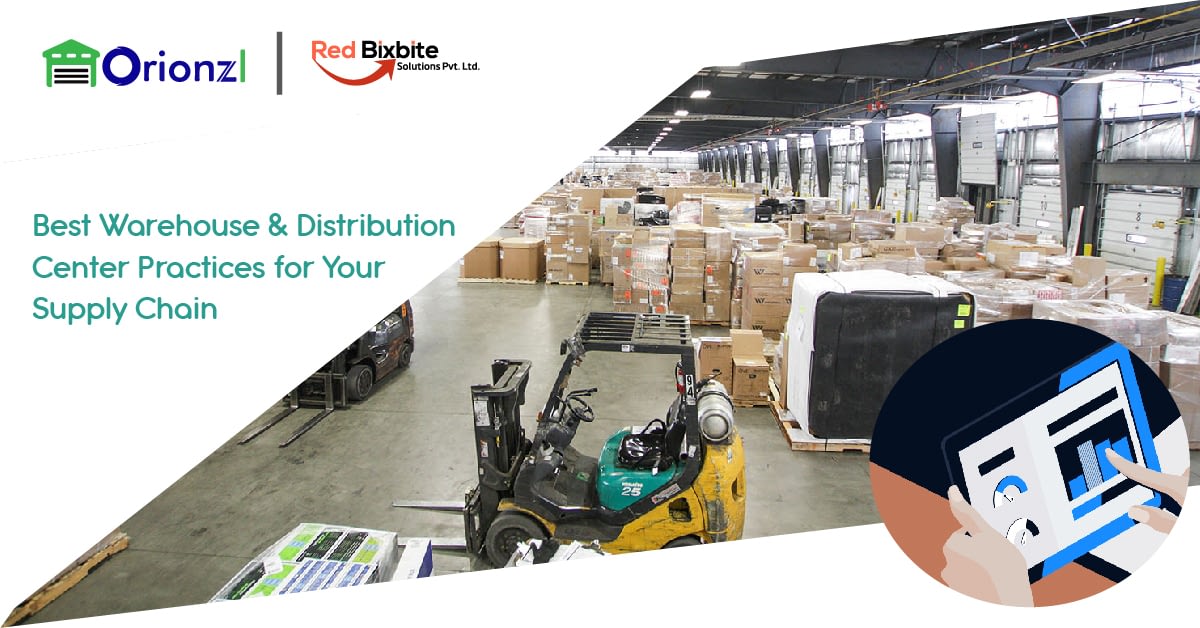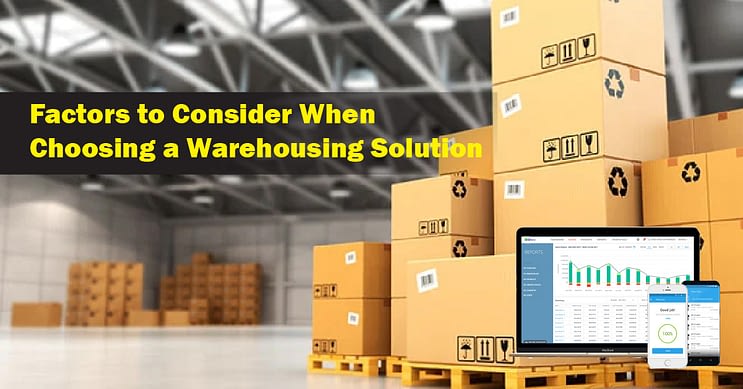Data processing has become an important part of the modern business lifestyle. With increasing data and processing requirements, data processing is becoming more and more essential.
It helps businesses to get useful results and valuable insights to make informed decisions. The capacity to manage and alter data efficiently is essential for many types of work, including consumer behavior analysis, financial transaction processing, and scientific data interpretation.
Understanding Data Processing:
Before proceeding with the vast information about data processing, getting a deeper stance on “What is Data Processing?” is very important. To put it simply, data processing refers to the collection and conversion of raw data into useful information.
Just as we provide our computer with raw data, it gives us an instant output. Similarly, this process data is the result of all the raw data we feed.
This transformed information is used by many people to study the relative changes and gain other knowledge. Read along with this- data processing ultimate guide to dive deep and know more about the lifecycle and application of data processing.
The Data Processing Lifecycle:
Now you know about what data processing is, let's understand the 6 main parts of its lifecycle:
- Collection of raw data: To get more detailed and informative processed data, one must gather as much data as possible from verified sources.
- Assortment of data or Filtration: There are many instances when we collect irrelevant data. So, in this stage, most of the trash information is filtered out, and useful data are selected for further processing.
- Input: after filtering out the unnecessary data, the useful ones are changed into machine language and are interpreted further.
- Processing of data:In the fourth stage of the the data processing cycle, the data converted into machine language is processed to get the desired output.
- Output: refers to the final result of all the provided and processed data. One must always remember that machines only process the data given to them. So, if there is something wrong in the output, it means that the input was incorrect.
- Storage:After creating the output. It is stored for future use.
Redbixbite is one such company in the market providing these data processing services and allowing the companies to focus on their core activities.
1. Data Collection
It refers to the process of collecting informational data for further processing into output. Through data collection, you can enhance the output results, gain knowledge, understand changing trends, and make better decisions.
2. Data Cleaning
Data cleaning is a second part of a data processing cycle and a comprehensive term that includes correcting the raw data, fixing any corruption, removing duplicated data, or completing an incompleted data table necessary for data processing. It helps you structure data within a data set, so it is arranged systematically. It also helps get the best analysis of the raw data provided.
3. Data Integration
When it comes to data integration, it refers to the process of integrating or combining data gathered from different sources into a single, uniform data set. It helps in the effective transformation of data into useful and accurate information for future analysis.
4. Data Transformation
Data transformation refers to the process of transforming data from one form to another. It means changing the data format according to the destination system's format. It is mainly needed for a better understanding of the transformed data and put it to better use.
5. Data Analysis
Just as we analyze and compare our results, in the same way, data analysis helps in processing the data systematically and applying various statistical or logical techniques to describe, evaluate and comprehend it. In today's world of business, data analysis plays an important role in making informed and scientific solutions.
6. Data Storage
As the name suggests, it means to store the converted data for future use. It helps in retaining processed data and provides access to it when needed. Some devices used to store data are
- Floppy Disk
- Flash drives
- SSD( Solid State Drives)
- Optical Disks
- Digital Video Discs( DVDs)
7. Data Presentation:
The last step in the data processing cycle is data presentation. It refers to the process of using tables, graphs, pie charts, etc, to compare two or more data sets. Using a graph, you can analyze how the information is in line with other data. Following data analysis, this procedure aids in organizing information by visualizing and presenting it in a more understandable and evaluative style.
What are some different types of data processing?
After understanding what is data processing and its lifecycle, let's dig deeper. There are different types of data processing according to the needs and wants of the user. It may also vary due to the data provided. Some of the different types are:
- Real-time Processing: It helps process data within seconds and is generally used for small data interpretation. Here, a constant flow of input and generation of output is made. Examples are radar systems, bank ATMs, etc.
- Batch processing: This is mainly used to process large amounts of data. It is named so because, in this technique, data are processed in batches for accurate and fast interpretation of data. This is mainly used for repetitive data jobs like sorting, filtering, etc.
- Online processing: Knowing what to do increases capability. Similarly, in the case of outline processing, the data is automatically provided to the CPU as soon as it becomes available. Just like on online websites, you see that the prices are changed continuously according to systematic comparisons and data. Here also, the data are continuously processed without fail. It is just the opposite of batch processing. It is used in areas like ticket booking systems, online sites, etc.
- Distributed processing: refers to breaking a specific task and dividing it across two or more interconnected processors. Telephone and other cellular networks are the best example of distributed processing, which improves their performance by making each computer in the cluster handle a task simultaneously.
- Multiprocessing: It refers to a process where a set of instructions s handled by two or more processors simultaneously. These processors process two or more parts of that same program for easy and systematic conversion of the data provided. That is why computers are called multiprocessors, as they can complete different tasks at the same time without errors. It saves time and process data in a faster way.
The Impact of Data Processing
Different fields of work understand the impact of data processing in different ways. For some, it is a way to create better business plans and strategies, while for others, it provides a better way of comparison of data in different formats like graphs, stats, data tables, etc. It converts the data into an easy and understandable format for all its users. Mostly it is used by big AI Development Company to offer various solutions to other organizations. in this section of Data processing Ultimate guide- we will learn the impact of data processing on different sectors.
1. Business Intelligence
It helps businesses to gain an understanding of what their competitors are doing and helps them to make informed and wise decisions regarding different matters. It also helps improve business operations, collecting real-time data and making actionable insights for future decision-making.
2. Healthcare
In order to analyze user data and prescribe medication, data processing is employed in healthcare. As a result, mistakes like prescribing the incorrect medication or accidentally dispensing a different medication become less common. To avoid errors and save lives, data analysis can find and warn about possibly improper medicines.
Any information pertaining to the patient or a healthcare facility, such as medical records, scans and test results, hospital records, etc., is referred to as healthcare data. This information is gathered through a variety of tools.
3. Finance
Finance teams in businesses can obtain the data necessary to have a clear understanding of key performance indicators (KPIs) with the aid of data processing. Payroll expenses, net income, and revenue generated are a few examples. Data analytics enables finance teams to carefully examine and analyze key KPIs and spot revenue turnover fraud.
Information on assets, liabilities, equity, expenses, income, and cash flow is included in financial data. These data points can be combined to give a comprehensive picture of how the business is doing.
4. Marketing and Advertising
Marketing refers to the systematic planning, implementation, and integrated activities to generate income. It is strategic planning and working independently. At the same time, advertising is a part of marketing and the most expensive. It is a tactical way of understanding any problem.
5. Manufacturing and Supply Chain
Supply chain refers to a network between the company and its manufacturers that helps in the production and distribution of a product to its ultimate user. While manufacturing involves product planning, operations, management, storage, and warehousing of goods.
Data processing is a vital skill in today's data-driven environment. The fundamental ideas and methods used in data processing have been beneficial in data analysis and evaluation. Businesses can gain important insights and make wise decisions by learning data integration, exploratory data analysis, statistical analysis, and even machine learning. The data processing cycle offers various solutions to different sizes companies in recent times.
Redbixbite is a leading data processing service provider related to cloud consulting, customized solutions, data security, and automation services. Whether you want these services for small businesses or large size businesses, it will help with their automated cult solutions, enhancing the overall user experience.








